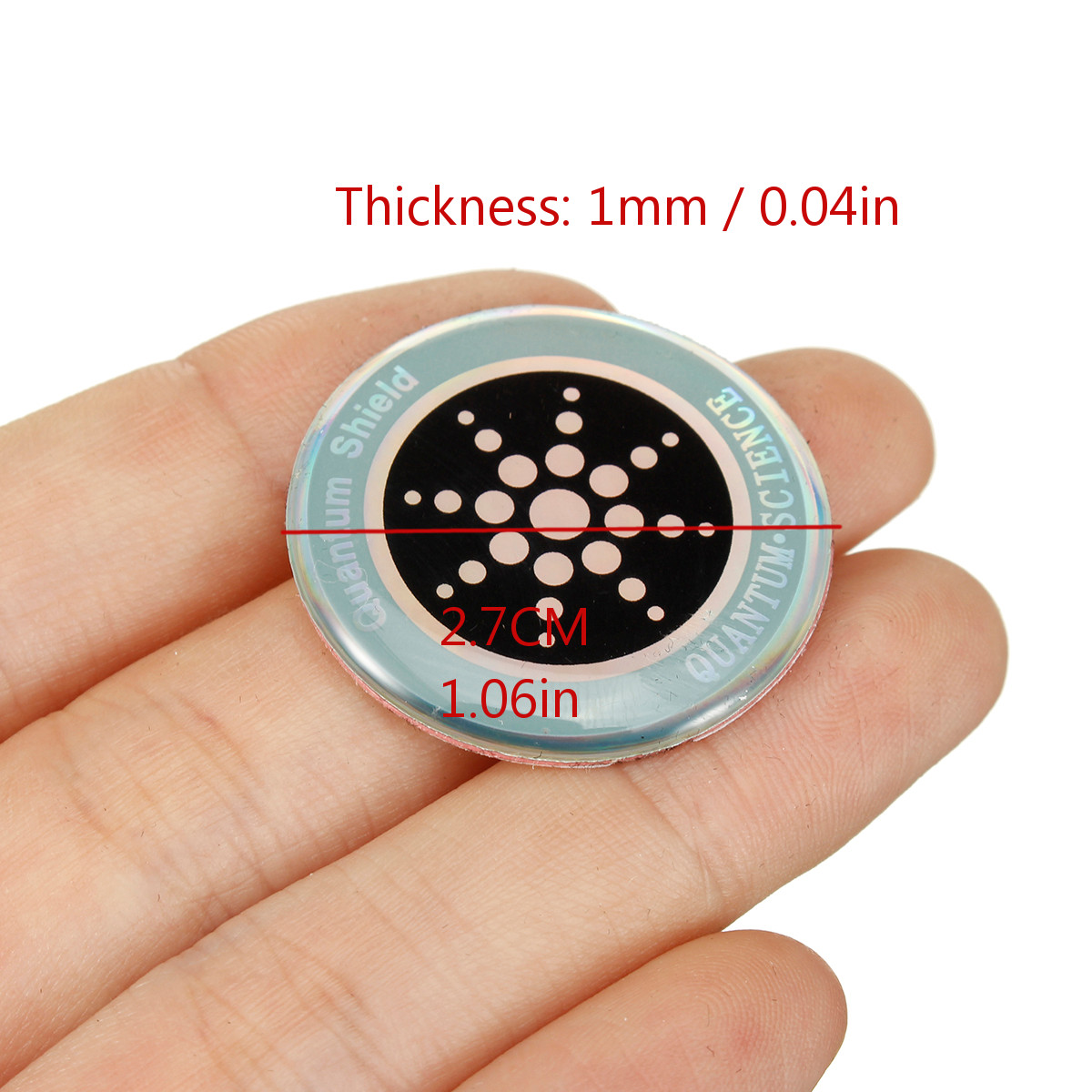Whether you live in an apartment or a house, or you just want to keep your home free of EMFs There are plenty of ways you can reduce exposure. One of the most effective is to restrict your use of electronic devices. You could also consider EMF block paint to prevent EMF radiation from reaching your home. Another way to shield your house against EMF radiation would be to install an RF shielding canopy. It is a type made of net which contains EMF shielding and is used to block EMFs from entering rooms. Another alternative is to have your home equipped with an electrical enclosure. These enclosures are known as Faraday cages.
A number of studies have proven how the non-ionizing energy of RF has antiproliferative effects on HCC cells. The mechanism of AM RF EMF's anticancer activity in vitro is thought to be based on the downregulation of cancer stem cells. This could be the reason for the long-term effects observed in some patients with advanced HCC. However, the mechanism of AM RF EMF's effect in patients with cancer is not evident.
Effects on the effects of AM electromagnetic fields (RFEM) on HCC tumour growth in vivo were examined in mice. The tumors were split into three groups. Visit this page did not have exposure RF EMF. Second group members were exposed RF EMF at the same frequency to the frequency used by humans. https://canvas.instructure.com/eportfolios/2026851/Home/Info_about_Emf_Blocking_Radiation_2 were exposed RF EMF with HCC-specific modulation frequencies. The impact of HCCMF on tumors was evaluated against that of RCF. The results indicated that tumours treated with HCCMF showed significant shrinkage. However, the tumours treated with RCF did not show any evidence of shrinkage of the tumor.

The mechanism behind tumor-specific AM RF EMF might be due to the fact that tumour cells require Cav3*2 type voltage calcium channels for proliferation and down-regulation. AM RF EMF's ability to inhibit proliferation in HCC cells is mediated through CACNA1H, a protein which regulates the Ca2+ influx specific to tumors. The results suggest that CACNA1H could have more broader implications for treatment and diagnosis of different cancers.
The tumors in the control group were not exposed to EMF from RF, and fed a normal mouse diet. The tumours in HCCMF HCCMF group were treated with Huh7 cells when they were 5 to 7 weeks old. The tumors were then killed when they showed excessive burden.
The tumours from the three groups also showed different growth curves. The tumours treated with HCCMF saw a significant reduction in size of the tumor after eight weeks. However, the tumours that were treated using RCF did not show any signs of shrinkage. The difference was highly significant. https://telegra.ph/Info-about-Emf-Blocking-Radiation-04-14-9 treated with RCF had necrosis, which is typical in tumours exposed to RCF. The possibility is that this necrosis was caused by an absence of oxygen in larger tumours.
In sum, the results indicate that AM RF EMF is a powerful source of anticancer activity in vitro and in vivo. Several studies have shown the fact that AM RF EMF produces measurable reduction in tumours in HCC patients. There is a possibility that AM RF EMF causes these effects because of CACNA1H, a protein involved in the process of tissue-specific Ca2+ influx. Furthermore, AM RF EMF may cause a lasting influence on the development of HCC tumours in vivo.
